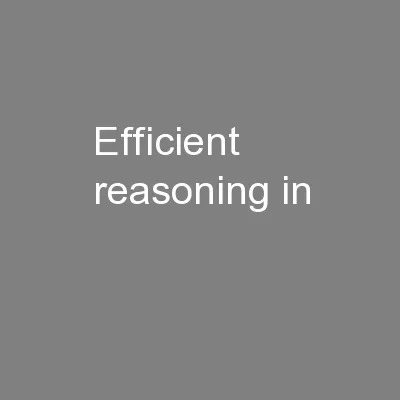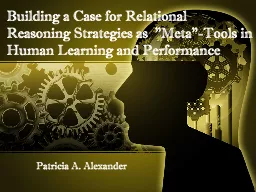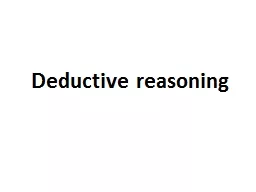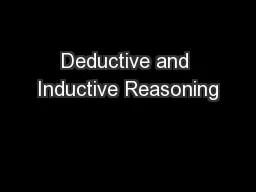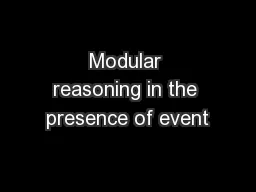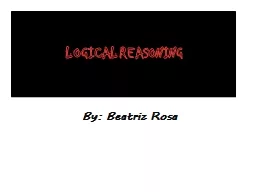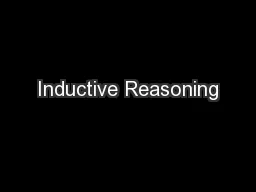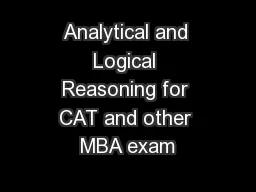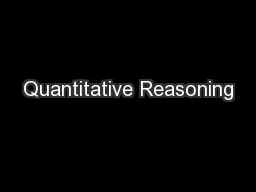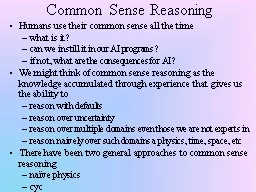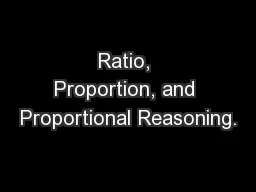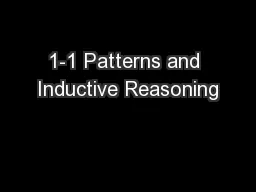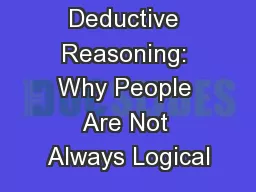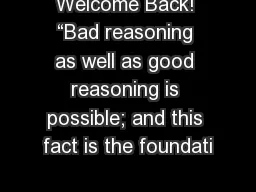PPT-Efficient reasoning in
Author : tatiana-dople | Published Date : 2016-04-30
PAC Semantics Brendan Juba Harvard University Outline What is PAC Semantics Validating rules of thumb part 1 Models of partial information Utilizing partial information
Presentation Embed Code
Download Presentation
Download Presentation The PPT/PDF document "Efficient reasoning in" is the property of its rightful owner. Permission is granted to download and print the materials on this website for personal, non-commercial use only, and to display it on your personal computer provided you do not modify the materials and that you retain all copyright notices contained in the materials. By downloading content from our website, you accept the terms of this agreement.
Efficient reasoning in: Transcript
Download Rules Of Document
"Efficient reasoning in"The content belongs to its owner. You may download and print it for personal use, without modification, and keep all copyright notices. By downloading, you agree to these terms.
Related Documents

